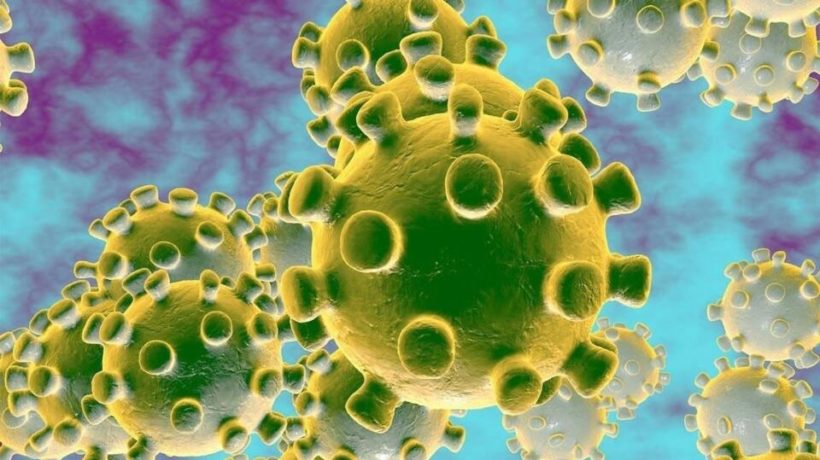Early signs are encouraging, but we need to let the science take its time and not get our hopes too high yet.
Last week the world got a big dose of promising news: Pharma giant Pfizer announced early results showing its COVID-19 vaccine was effective in more than 90% of the people who received it. This week is also getting off to a good start. American biotech giant Moderna has now announced that its own COVID-19 vaccine is effective in 94.5% of the people who received it, reports The Wall Street Journal. Here’s what you need to know:
1)The results are promising, but there’s still a long way to go: A vaccine with a 94.5% efficacy rate is outstanding. It’s an efficacy rating that few vaccines match and is a very good sign that the vaccine is on the right track. All that being said, that efficacy rating was determined after examining only 95 participants in the vaccine study—that’s out of 30,000 participants. That means the efficacy rating could fluctuate as more results from the phase 3 trial continue to come in. In other words, for now, it’s best to keep your hopes and expectations in check.
2) Two doses are required: Like the Pfizer vaccine, two doses will be required of Moderna’s vaccine. People will need to get one shot of the vaccine first, and then return weeks later to get another shot of the vaccine.
3) We still need to know more about its safety: But even if the 94.5% efficacy rating holds, a big concern with any vaccine is safety. If a vaccine protects you against disease but has a side effect of causing cancer down the road, it’s not a good vaccine. For Moderna’s COVID-19 vaccine, early safety signs are good. Of the participants examined, there have been no major safety concerns reported. However, the FDA wants at least half of the 30,000 trial participants monitored for two months before safety concerns can be assuaged. Moderna should hit that goal by late November.
4) It can be stored at reasonable temperatures: A massive win for Moderna’s vaccine is that it doesn’t require extreme cold storage. This will help greatly with shipping logistics and distribution. While Pfizer’s COVID-19 vaccine needs to be stored at –70 degrees Celsius (–94°F), Moderna’s can be stored at -20°C (-4°F) during shipping. Once at a distribution center, the vaccine can be thawed and stored for up to 30 days refrigerated at only 2°C to 8°C (36°F to 46°F).
5) The first doses could be distributed in December: If the Moderna vaccine’s safety data holds up later this month, the first doses could be inoculating Americans by December if the FDA grants Moderna emergency use authorization (EUA) for the vaccine. However, even if Moderna does get approval, only 20 million doses will be available in December, which equates to enough for 10 million people. It’s likely that most of these doses will be reserved for front-line healthcare workers.
Again, it needs to be stressed that Moderna’s vaccine results are still based on early data—and things can change. It’s also important to note that just because a vaccine may be around the corner, people cannot go out and act like the virus isn’t a worry any longer. Until you personally receive a full dose of a COVID-19 vaccine, the virus is still as dangerous to you as it’s ever been. What we all need to do right now is sit tight, let the science take its time, and see where things stand later this month.
Source: FastCompany.com
ABOUT THE AUTHOR
Michael Grothaus is a novelist, journalist, and former screenwriter. His debut novel EPIPHANY JONES is out now from Orenda Books. You can read more about him at MichaelGrothaus.com More







